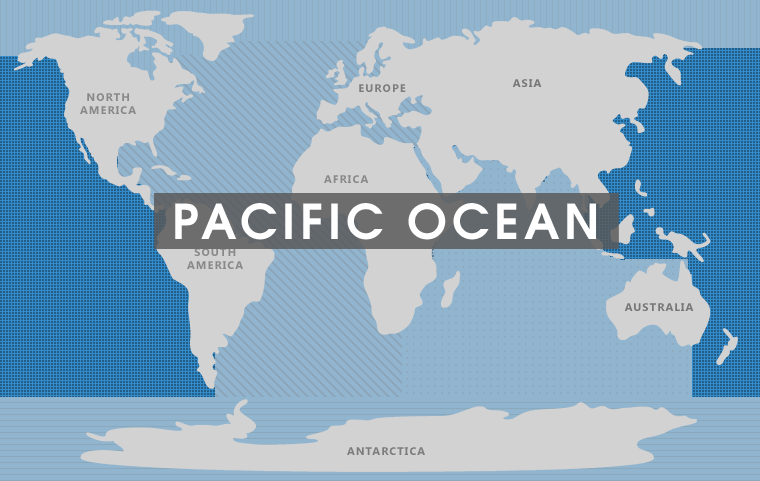What is the name of the earth s largest ocean the pacific ocean

What is the name of the Earth’s largest ocean? The Pacific Ocean.
The Pacific Ocean holds the prestigious title of being the largest known ocean on our planet. Spanning an impressive area of approximately 63,800,000 square miles, it stretches from the Arctic in the north to the Southern Ocean in the south. Its vastness covers more area than the total landmass of all the continents combined, making it a truly remarkable and awe-inspiring body of water.
The name “Pacific” originated from the Latin word “pacificus,” which means peaceful. It was named by the Portuguese explorer Ferdinand Magellan during his historic circumnavigation of the Earth in the sixteenth century. Magellan was struck by the calmness and tranquility of the ocean during his journey, prompting him to name it “Mar Pacifico” or “Pacific Sea” in English.

The Pacific Ocean is situated between the eastern shores of Asia, the western coastlines of the Americas, the northern reaches of Antarctica, and the southern region of the Arctic Ocean. It stretches across multiple time zones and covers a considerable portion of the Earth’s surface.
As the largest ocean, the Pacific is home to numerous magnificent islands and archipelagos. Notable among these are the Hawaiian Islands, Tahiti, Micronesia, Polynesia, Melanesia, and the Philippines, among many others. These stunning paradises attract tourists from across the globe, offering breathtaking landscapes, diverse marine life, and rich cultural heritage.
The Pacific Ocean plays a vital role in the world’s climate system. It influences weather patterns and ocean currents, impacting the temperature and precipitation distribution around the globe. The El Niño and La Niña phenomena, which result from the warming or cooling of waters in the Pacific, can cause significant climatic changes, affecting weather conditions hundreds or even thousands of miles away.

In addition to its climatic influence, the Pacific Ocean holds immense economic importance. Its waters are abundant in marine life, offering valuable resources such as fish, shellfish, and seaweed. The ocean also serves as a significant trade route, facilitating international shipping and promoting global economic exchange.
Furthermore, the Pacific Ocean is an essential hub for scientific research and exploration. Its diverse ecosystems provide valuable insights into marine biology and the impact of human activities on ocean health. Researchers study its depths, currents, and marine species to gain a better understanding of Earth’s intricate systems and discover potential solutions to environmental challenges.
In conclusion, the Pacific Ocean, the Earth’s largest ocean, is an awe-inspiring body of water that stretches across vast distances, connecting continents and influencing global climate patterns. Its name, derived from the Latin word for peaceful, symbolizes the serenity and vastness it holds. With its abundant marine life, scenic islands, and economic significance, the Pacific Ocean continues to captivate our minds and inspire exploration and discovery.
Sources:
Tags
Share
Related Posts
Quick Links
Legal Stuff

